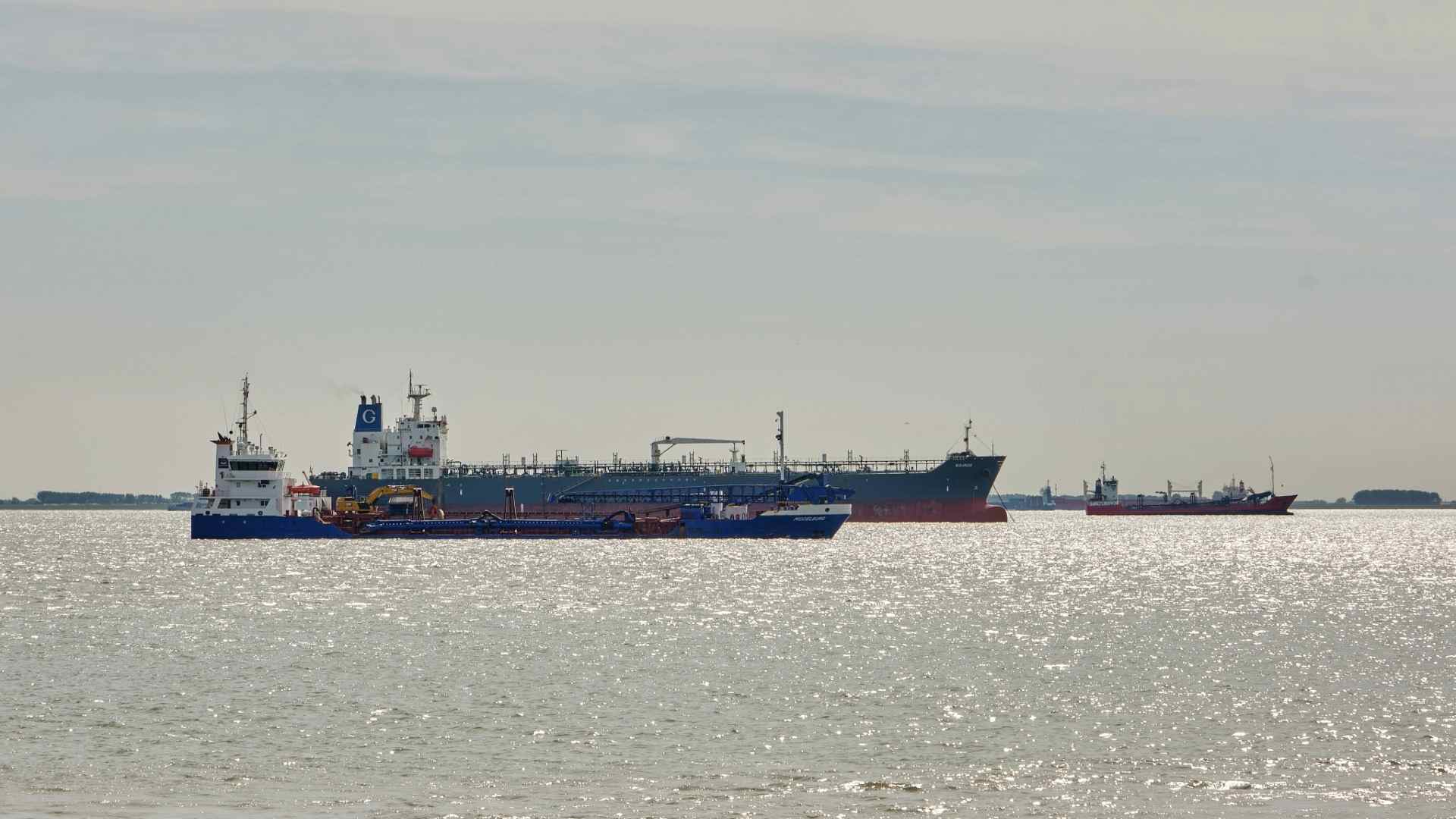Introduction
Kochi, one of Kerala’s busiest and most rapidly growing cities, has taken a decisive step toward reshaping its urban water infrastructure. Authorities have officially launched canal dredging operations in the Chilavannoor Canal under the Integrated Urban Regeneration and Water Transport System (IURWTS), a ₹3,716-crore initiative aimed at restoring the city’s waterways. This large-scale project is designed not only to rejuvenate clogged canals but also to address pressing challenges like flooding, water stagnation, mosquito breeding, and the underutilization of inland water transport.
The dredging of the Chilavannoor Canal, a vital waterway within Kochi’s intricate network of canals, marks the beginning of a long-awaited transformation. With 65,000 cubic meters of silt scheduled for removal in the next six months, the work promises to restore water flow, deepen the canal, and lay the foundation for a healthier, safer, and more functional urban environment.
Why Canal Dredging Matters for Kochi
Kochi’s canals, once the lifeblood of trade and local transportation, have faced decades of neglect. Encroachments, unregulated waste dumping, and poor maintenance have reduced many of them to shallow, silt-choked drains. The canal dredging effort at Chilavannoor is significant because it will:
- Improve Water Flow – Removal of accumulated silt and debris will restore the canal’s natural capacity to carry water, reducing blockages and stagnation.
- Curb Flooding – Kochi’s low-lying areas are highly vulnerable during monsoon rains. Deeper, well-maintained canals act as natural drainage systems, reducing waterlogging.
- Enhance Public Health – Stagnant water has been a breeding ground for mosquitoes, leading to seasonal spikes in vector-borne diseases. Regular dredging will alleviate this risk.
- Revive Water Transport – Kochi has a unique opportunity to strengthen its inland waterway system as an alternative mode of transportation. Canal restoration is a critical first step.
- Support Beautification and Tourism – Plans include developing walkways and green spaces along canal banks, modeled after the popular Marine Drive stretch.
The IURWTS Project: A Comprehensive Plan
The Integrated Urban Regeneration and Water Transport System (IURWTS), spearheaded by Kochi Metro Rail Limited (KMRL), in collaboration with Kerala Water Authority and funded by the Kerala Infrastructure Investment Fund Board (KIIFB), envisions a complete transformation of Kochi’s canals. The project covers multiple waterways, including the Chilavannoor Canal, aiming to turn them into navigable, flood-resistant, and community-friendly spaces.
Under the current phase, canal dredging is being carried out at an estimated cost of ₹8.4 crore. Beyond dredging, the project includes the reconstruction of key culverts and bridges, particularly the Subhash Chandra Bose Road culvert and the Bund Road Bridge. These upgrades are vital to ensure smooth flow of water and to prevent bottlenecks that worsen flooding during heavy rains.
Another innovative feature of the project is the planned beautification of canal banks with pedestrian-friendly walkways. These urban enhancements are expected to encourage local residents to engage more with waterways, both as public spaces and as viable transit corridors.
Technical Aspects of the Dredging Work
The dredging operations in the Chilavannoor Canal are being executed with precision to minimize environmental impact. Hydraulic dredgers and mechanical equipment are being deployed to remove silt and debris effectively. Authorities have also introduced monitoring systems to track progress and ensure water quality is maintained throughout the process.
The removal of 65,000 cubic meters of silt is expected to take around six months, after which the canal’s depth will increase significantly. This will improve not just drainage capacity but also navigability, paving the way for integrating the waterway into Kochi’s broader transportation network.
Broader Benefits of Canal Dredging in Kochi
The dredging in Chilavannoor Canal is not an isolated effort. Instead, it forms part of a city-wide canal rejuvenation strategy that has long-term social, environmental, and economic benefits:
- Environmental Restoration: Regular canal dredging helps maintain aquatic ecosystems by preventing excessive sedimentation that suffocates natural habitats.
- Urban Resilience: By reducing flooding and waterlogging, dredged canals make cities more resilient against climate change-related risks like intense rainfall.
- Economic Growth: Improved waterways can revitalize inland water transport, reducing traffic congestion on roads and creating new economic opportunities in logistics and tourism.
- Public Welfare: Cleaner, well-maintained canals improve quality of life for residents by reducing health hazards and providing access to aesthetically improved public spaces.
Challenges Ahead
While the Chilavannoor Canal dredging is a welcome step, challenges remain. Sustained maintenance is essential, as canals can quickly revert to their clogged state if regular dredging is not conducted. Encroachments along canal banks also need to be addressed through strict enforcement and community cooperation.
Moreover, ensuring that waste management systems are in place is crucial to prevent canals from becoming dumping grounds again. Authorities and residents must work together to safeguard the long-term success of the IURWTS project.
Conclusion
The canal dredging operations in Kochi’s Chilavannoor Canal represent more than just routine maintenance—they symbolize a turning point in the city’s approach to urban planning and waterway management. By restoring natural flow, preventing floods, improving public health, and enhancing transportation potential, this project is a cornerstone of Kochi’s urban renewal efforts.
If successfully implemented and sustained, the Chilavannoor Canal project under the IURWTS can serve as a model for other Indian cities struggling with neglected waterways. For Kochi, it marks not only the revival of a critical canal but also a renewed commitment to building a resilient, livable, and environmentally balanced city.
